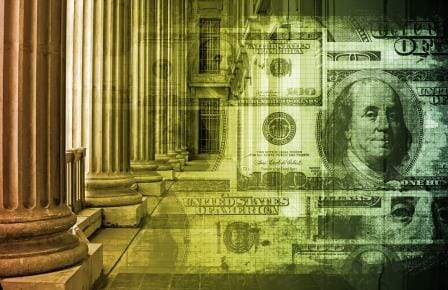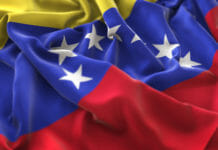The “sand dollar” of the Bahamas (sand dollar) completed its testing phase and enters now at the beginning of an economic connection between the Islands of the archipelago through a digital payment system for its inhabitants. According to the plan of the Central Bank of the Bahamas, the national digital dollar could be ready in October.
Chaozhen Chen, Deputy Director of the bank of eSolutions, told Bloomberg that “many residents of the most remote islands do not have access to digital payments infrastructure or banking infrastructure,” an obstacle to the development of an economy that depends on tourism. If the plan were implemented, the digital currency would have an impact on more than 400,000 inhabitants.
At the moment, the Bahamian monetary authority only has a balance of 48,000 sand dollars, which is 1: 1 equivalent to the Bahamian dollar. Chen assured that the digital currency will only be minted as demand increases and paper money is withdrawn from the system, as the main intention is to prevent its issuance from affecting the monetary policy of the country.
According to this definition, the digital currency of the Bahamas is only one way to represent fiat money issued by the monetary authority of the State.
The system proposed by the Central Bank will allow executing cash payments through smartphones or even without Internet connections. This is one of the main benefits of the Bahamian sand dollar, according to Keith Davies, CEO of Kanoo, an island payment service provider.
According to Davies, the transfer with the sand dollar “is final and irrevocable because it is fiat currency,” he told: “It is the essence of a settlement system.” And as the Central Bank of the Bahamas suggests, this solution should not be confused with cryptocurrencies such as Bitcoin or Ethereum”.
The coexistence of the sand dollar and cryptocurrencies in the Bahamas
The race to get a national digital currency in the Bahamas began in 2018, but only until the end of 2019 the model tested in the Exuma and Abaco islands became noticeable, as we reported from CryptoNews.
This model had the advantage of connecting families and small entrepreneurs with the national payment system, but it possessed some other obstacles beyond the money administered by the State; exchange limits (up to USD 500) and the requirement of personal requirements or credit history to increase the limits.
Given the state of global economies, hit by the Covid-19 pandemic, alternatives to facilitate payments in areas where there is no adequate infrastructure could be of help. In countries that depend on tourism (60% of the BIP of the Bahamas), one of the economic sectors most affected during 2020, it may become vital as the means to reactivate international travel are available.
However, there is a whole set of new alternatives in the Bahamas when it comes to payments. Inhabitants of the islands that make up the archipelago have the option of making or receiving payments through P2P platforms such as LocalBitcoins, Paxful, Bitrefill, or Coinbase. These options bring fewer frictions about international transactions, exchanges surpassing its limits, or excessive requirements coming from the banks.
Besides, the inhabitants of the island have at least 3 Bitcoin ATMs. According to Coin ATM Radar, this amount is pretty useful for those who already own cryptocurrencies and need an extra exchange for local currency.
By: Jenson Nuñez.











